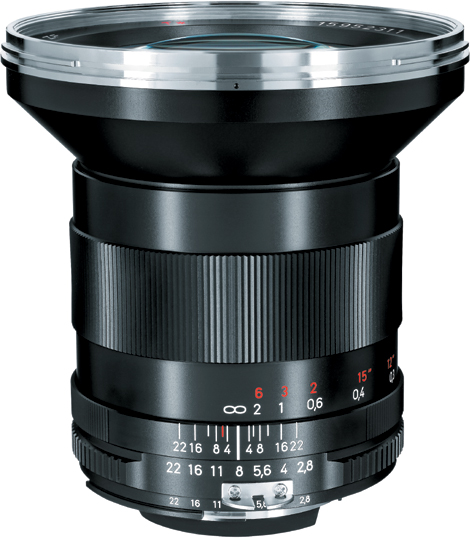Lenses and Focal Lengths
When it comes to camera equipment, most photographers will tell you that the most important thing they own is their lens, or “glass,” in photographer-speak. While your camera plays a large role in capturing images, it is through the lens that light travels onto a sensor in your camera. Most photographers even go so far as to spend most of their money on high-quality lenses before they think about upgrading their camera. After all, one can usually use a lens on a variety of camera bodies, and lenses play a huge factor in the overall quality of an image.
The 6D is a digital single-lens reflex (DSLR) camera. It uses lenses for a variety of tasks, from focusing on a subject to metering a scene to delivering and focusing the light onto the camera sensor. With the lens playing such an important role, let’s look at how a lens views the world.
Lenses are composed of optical glass that is both concave and convex in shape. They focus the light coming into the lens onto the camera’s sensor. How much light reaches the sensor is controlled by the size of the glass elements and the aperture. The quality of the optical glass elements used in a lens determines the potential maximum sharpness and contrast (highlight and shadow detail) in an image. Most lenses now come with AF (autofocus) motors, allowing you to rely on the computer inside your camera to determine focus for you. Lenses are typically divided into three groups, depending on the field of view they cover.
Wide-angle lenses cover an angle of view from about 110 degrees to about 60 degrees. As for which lenses would be considered wide angle, anything 30mm or smaller could be considered wide (Figure 2.2). With extremely wide-angle lenses, there is a tendency to see some image distortion because of the optics required to have such a wide angle of view. This is most obvious in the corners of the frame or in tall objects (such as buildings) that were captured up close.
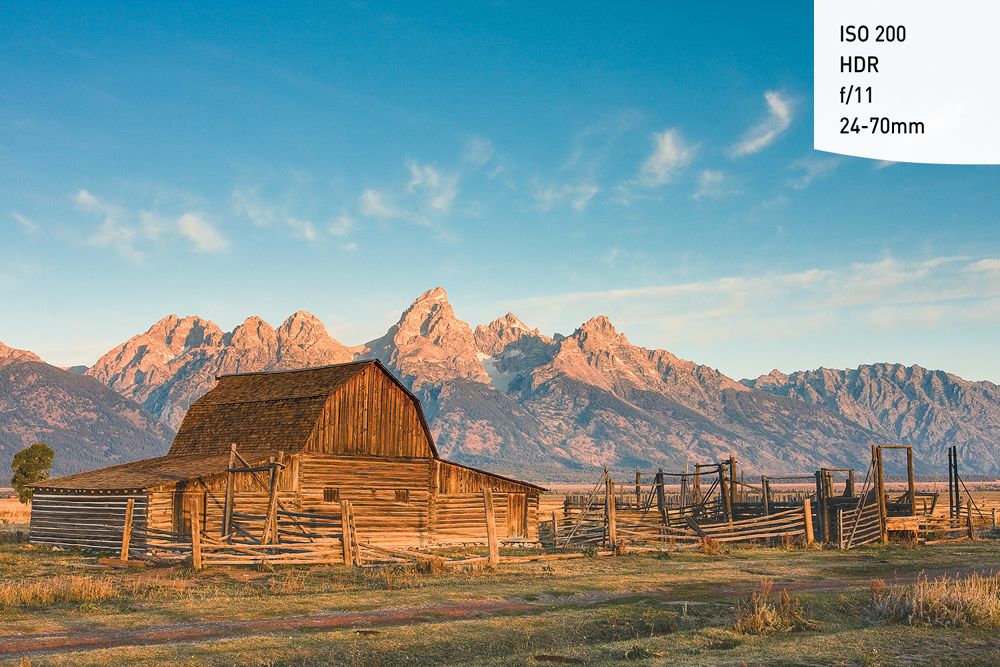
Figure 2.2. This was captured with a 17–40mm lens at 29mm, with a shutter speed of 1/80, 1/20 and 1/320 of a second for HDR blend. The wide angle allowed me to pull in more of the scene.
With wide-angle lenses, you get a lot of depth of field in your frame. This allows you to keep more of your image in focus, which makes a wide-angle lens ideal for landscapes, architecture, and photography in tight spaces (Figure 2.3). They are not so great for portrait work because of the distortion that comes with using one close to your subject.
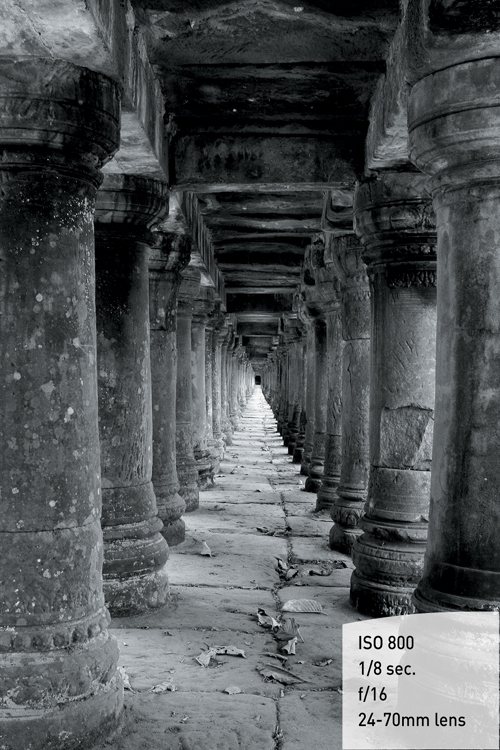
Figure 2.3. When you don’t have a lot of room to work with, a wide-angle lens can bring a unique perspective to an otherwise difficult-to-shoot scene.
A normal lens has a focal length of from 35mm to 70mm, or an angle of view of roughly 45 degrees. On a full-frame camera such as the 6D, this delivers a view that is pretty close to what we see with our own eyes in terms of scale and perspective (Figure 2.4). Because it mimics the human eye and suffers from very little distortion, it is a favorite lens of photojournalists.
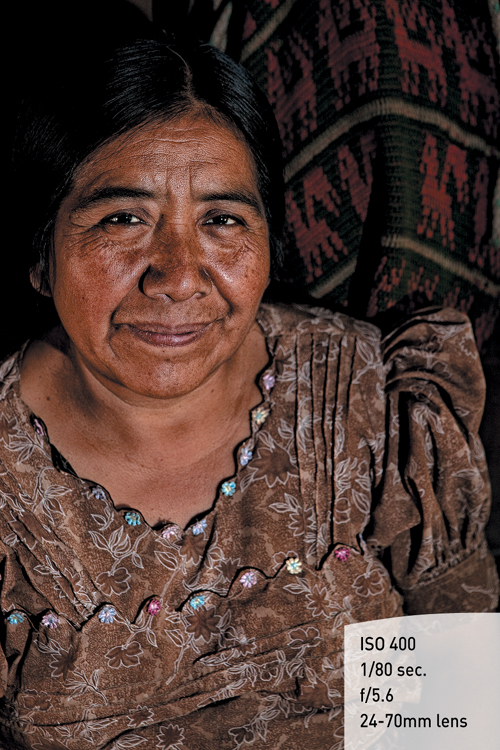
Figure 2.4. A focal length from 35mm to 70mm is considered “normal” because it mimics the human eye.
Longer focal lengths (those beyond 70mm) are considered telephoto lenses. They have a much narrower field of view, along the lines of 35 degrees or smaller depending on the length. There are two main benefits to using a telephoto lens:
• You can get very close to the subject or action (Figure 2.5). This is great for sports and wildlife photography, where it is usually impossible to get physically close to your subject matter.
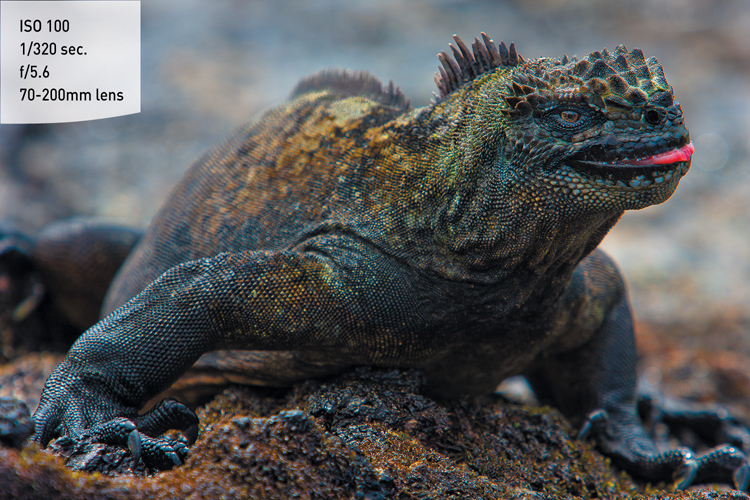
Figure 2.5. In wildlife photography, telephoto lenses allow you to keep your distance from your subjects, which protects both you and them from harm.
• They provide a compressing effect, offering a very narrow depth of field (Figure 2.6). This allows you to make a subject look as if it’s much closer to the background than it actually is.


